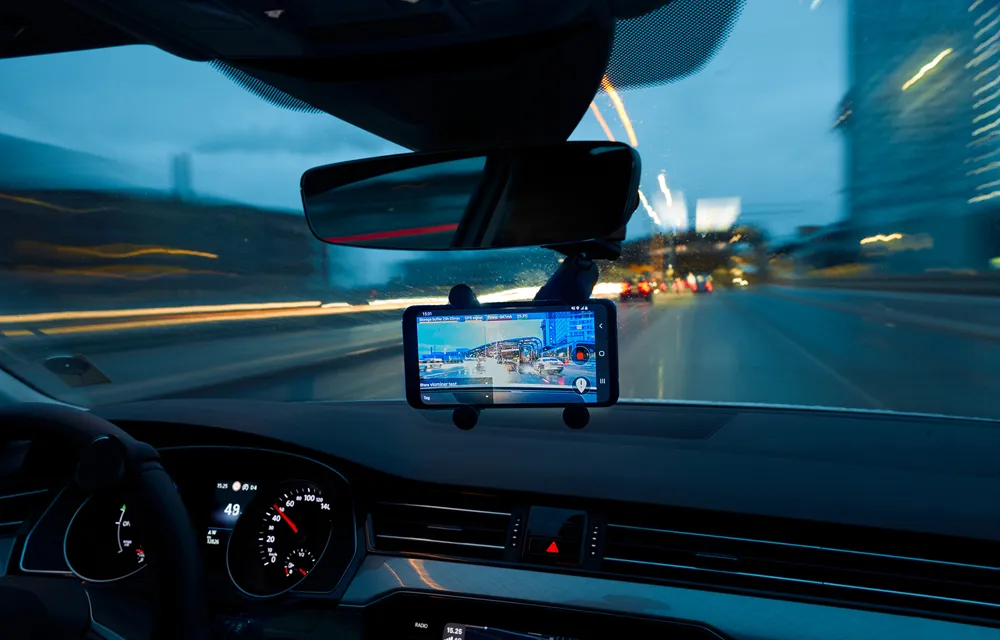Seval Oz, CEO of Continental ITS will deliver the first of this week’s keynote sessions at 10:00am this morning in the Grand Ballroom 220A.
Q: What will your keynote cover and why are these areas important?
A: In my keynote address I will highlight the challenges big cities are facing right now in regards to transportation and congestion. Our commutes are only getting longer and these challenges big cities face will only get worse in the future. My presentation will also offer innovative solutions to not only these challenges, but I will detail how we plan to take mobility to the next level with regards to accessibility, efficiency and safety.
Q: What are you/
A: Around the world increasing attention is being paid to three key transportation challenges – sustaining mobility, reducing the number and severity of traffic accidents, and managing the complex eco-system of energy consumption. Established and emerging ITS solutions can contribute in a variety of ways to addressing these problems by influencing behavior and widening the perspective on choices, for example by enabling a transition from a world where a traveller owns or uses a range of transportation to one where mobility is delivered through a package of services. At Continental, we are working on solutions for future mobility. Just to give you one concrete example: One of our core innovations is the dynamic electronic Horizon (eHorizon). It turns the digital map into a high-precision and constantly up-todate sensor that can be used for much more than just navigation.
The dynamic eHorizon will help to make vehicles more attractive, safer and more efficient. Being based on a network of vehicles and infrastructure exchanging data with the cloud in close to real time, the principle behind the dynamic eHorizon is also the basis Continental sees to realise more efficient and Intelligent Transportation Systems.
Q: Why do you think being at ITS America as a keynote is important?
A: ITS America truly realises the notion that markets are conversations. It is a remarkable organisation that brings people from all over the world together to exchange ideas and network on the next big thing that will revolutionise our world. I am excited and honoured to be a part of this event. At Continental, the ITS business unit is dedicated to creating safer and more efficient mobility for everyone. Together, we will bring transportation to the next level and ITS America is the perfect forum to help us do this. For me the event is the ideal platform to meet the ITS community, to discuss developments, products and solutions.
Big cities’ challenges addressed in keynote
Seval Oz, CEO of Continental ITS will deliver the first of this week’s keynote sessions at 10:00am this morning in the Grand Ballroom 220A.
June 13, 2016
Read time: 3 mins










